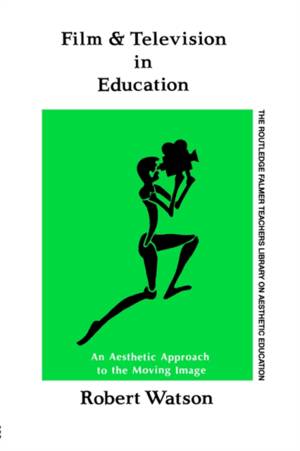
- Afhalen na 1 uur in een winkel met voorraad
- Gratis thuislevering in België vanaf € 30
- Ruim aanbod met 7 miljoen producten
- Afhalen na 1 uur in een winkel met voorraad
- Gratis thuislevering in België vanaf € 30
- Ruim aanbod met 7 miljoen producten
Zoeken
€ 96,45
+ 192 punten
Omschrijving
First published in 1990. The aim of the series is to define and defend a comprehensive aesthetic, both theoretical and practical for the teaching of the arts. There can be little doubt that of the six great arts which the Library of Aesthetic Education is committed to defending and defining, film has been the most ignored in the curriculum of our schools. There is a grand irony in this for film is not only the one unique art form developed in our own century but also the most unequivocally popular. Film was envisaged as part of a system of communications which had to be decoded in terms of ideology and contextualized in terms of power and control. Robert Watson's Film and Television in Education with its telling subtitle An Aesthetic Approach to the Moving Image sets out to remedy the neglect.
Specificaties
Betrokkenen
- Auteur(s):
- Uitgeverij:
Inhoud
- Aantal bladzijden:
- 192
- Taal:
- Engels
- Reeks:
Eigenschappen
- Productcode (EAN):
- 9781850007159
- Verschijningsdatum:
- 21/05/1990
- Uitvoering:
- Paperback
- Formaat:
- Trade paperback (VS)
- Afmetingen:
- 156 mm x 234 mm
- Gewicht:
- 281 g

Alleen bij Standaard Boekhandel
+ 192 punten op je klantenkaart van Standaard Boekhandel
Beoordelingen
We publiceren alleen reviews die voldoen aan de voorwaarden voor reviews. Bekijk onze voorwaarden voor reviews.











